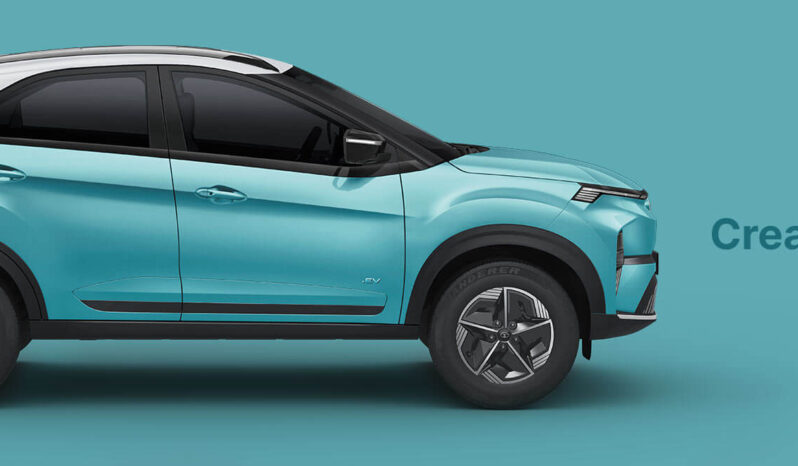Electric vehicles (EVs) are gaining popularity globally as a cleaner and more sustainable transportation option. In India, the adoption of EVs has been slower compared to other countries, but the government has taken several steps in recent years to promote the use of EVs and accelerate their adoption.
One of the main factors driving the adoption of EVs in India is the increasing concern about air pollution. According to the World Health Organization (WHO), 14 out of the 15 most polluted cities in the world are in India, and a significant contributor to air pollution is the transportation sector. The adoption of EVs can help reduce air pollution and improve public health.
In addition to environmental benefits, EVs also have several economic advantages. They are cheaper to operate compared to gasoline-powered vehicles, as electricity is generally cheaper than gasoline. EVs also have lower maintenance costs, as they have fewer moving parts and do not require frequent oil changes.
To promote the adoption of EVs, the Indian government has implemented a number of policies and incentives. These include subsidies on the purchase of EVs, tax exemptions, and infrastructure development.
The government has also set a target of achieving 30% electric mobility by 2030. To achieve this target, the government has launched several initiatives, including the Faster Adoption and Manufacturing of (Hybrid &) Electric Vehicles (FAME) program, which provides financial incentives for the purchase of EVs and the setting up of charging infrastructure.
Despite the government’s efforts, the adoption of EVs in India has been slow. As of 2020, EVs only make up a small fraction of the total vehicle sales in India. One of the main barriers to the adoption of EVs is the high upfront cost, as EVs are still more expensive than gasoline-powered vehicles. Another barrier is the limited availability of charging infrastructure, as there are only a few thousand charging stations in the country compared to over 250,000 gas stations.
To overcome these barriers, the government has taken several steps to increase the affordability of EVs and improve the charging infrastructure. These include offering subsidies on the purchase of EVs and setting up charging stations in major cities. The government has also introduced policies to encourage the production of EVs in the country, such as the National Electric Mobility Mission Plan (NEMMP) 2020, which aims to promote the production and sale of EVs in India.
In conclusion, the adoption of EVs in India has been slow, but the government has taken several steps to promote the use of EVs and accelerate their adoption. While there are still barriers to the adoption of EVs, such as the high upfront cost and limited charging infrastructure, the government’s efforts and the increasing concern about air pollution are likely to drive the adoption of EVs in the country in the coming years.

